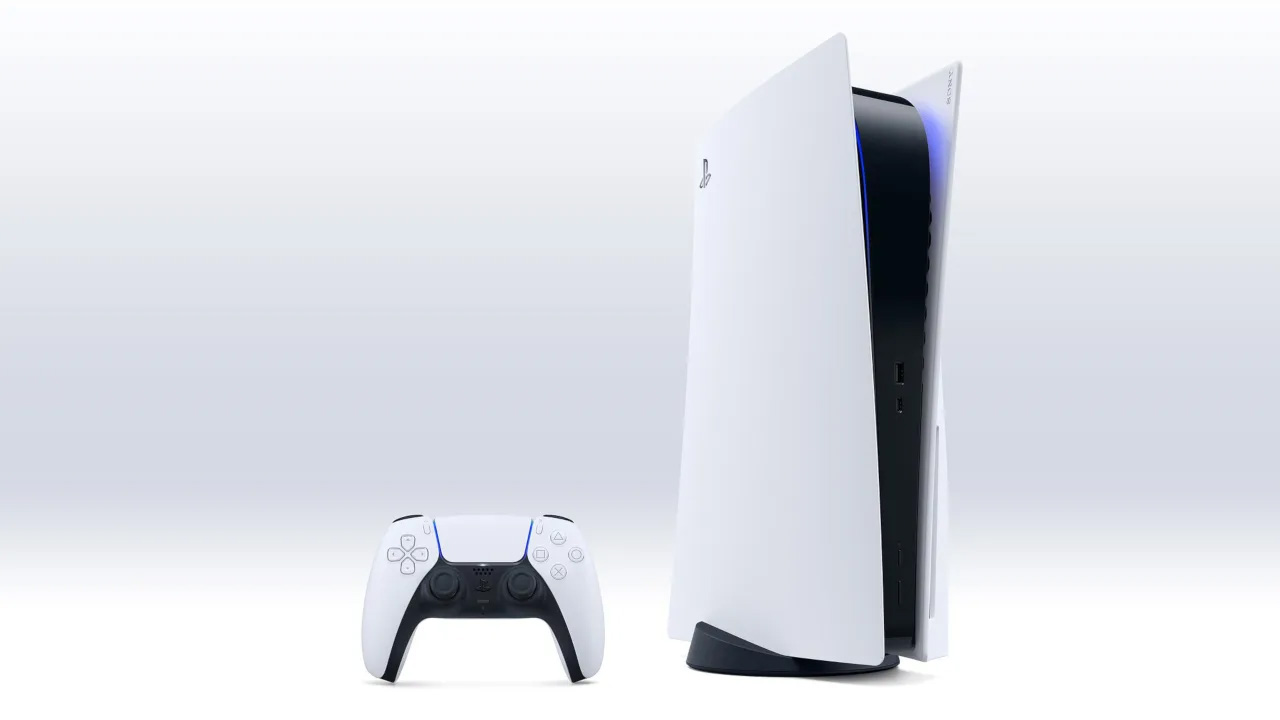Sony today announced that its Game & Network Services division enjoyed record profits in fiscal year 2020 (FY2020) as consumers rushed to buy the PlayStation 5, even though supply constraints forced many people to purchase the console from scalpers instead of the retailers to whom Sony actually sells the product.
The company said in an earnings announcement that it sold 7.8 million PlayStation 5 consoles in FY2020, which is made even more impressive by the fact that it was only available for two quarters. Sure, the console almost certainly benefited from being released just before the holiday shopping season, but that’s still an impressive debut.
Note that by “impressive” we mean “record-setting”: Sony’s figures came shortly after the NPD Group‘s Executive Director & Video Game Industry Advisor, Mat Piscatella, revealed in a tweet that the PS5 was “the fastest selling hardware platform in U.S. history” based on “total dollar sales after 4 months in market.”
Consumers were not only clamouring for the PS5, though. Sony also sold 5.7 million PlayStation 4 consoles in FY2020, according to the earnings announcement, even though that console hasn’t seen a significant revision to its hardware since the PlayStation 4 Pro was released in November 2016.
Demand for PlayStation consoles seemed to line up quite nicely from FY2019 to FY2020, in fact. Sony said it sold 13.5 million PS4 consoles in FY2019, which perfectly matches the total number of units sold in FY2020, with the primary difference being that those sales were split between two console generations.
The Game & Network Services division’s record profits weren’t directly made via hardware sales, however, because of “strategic price points for PS5 hardware that were set lower than the manufacturing costs.” But that doesn’t really come as a surprise; Sony often sells PlayStation consoles at a loss when they launch.
Instead the company made its money by selling games made for its consoles, the PlayStation Plus subscription offering, and other services. Most people don’t just buy a new console—they also buy games for the platform and, in the PS5’s case, pay to have their old games upgraded to take advantage of the new console’s hardware.
Unfortunately that also means Sony expects its profits to fall in FY2021 as second- and third-party developers have to delay their games because of the COVID-19 pandemic. Titles originally expected to be released in 2021 are likely to debut in 2022, at the earliest, because of the challenges posed by remote development.
